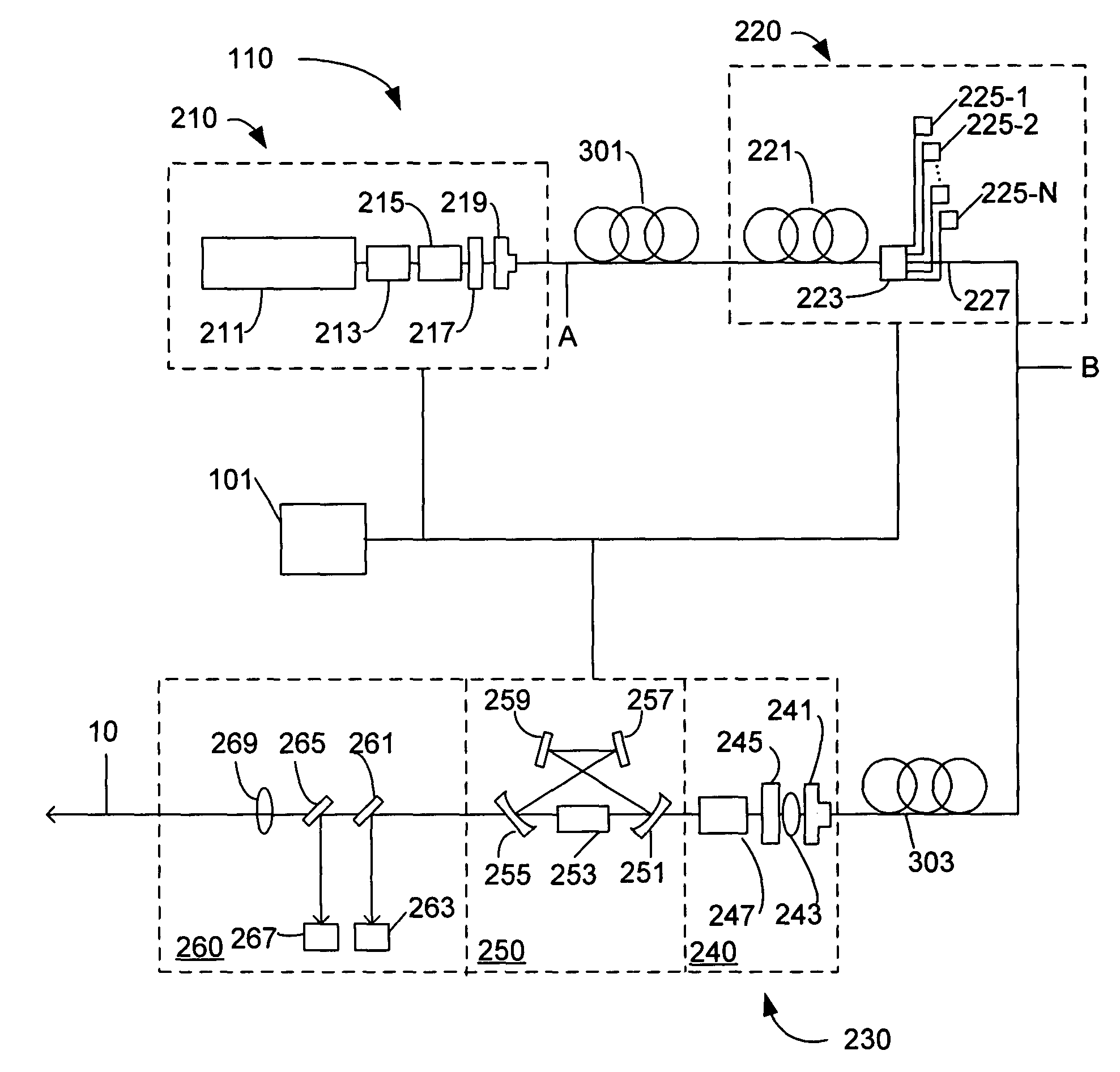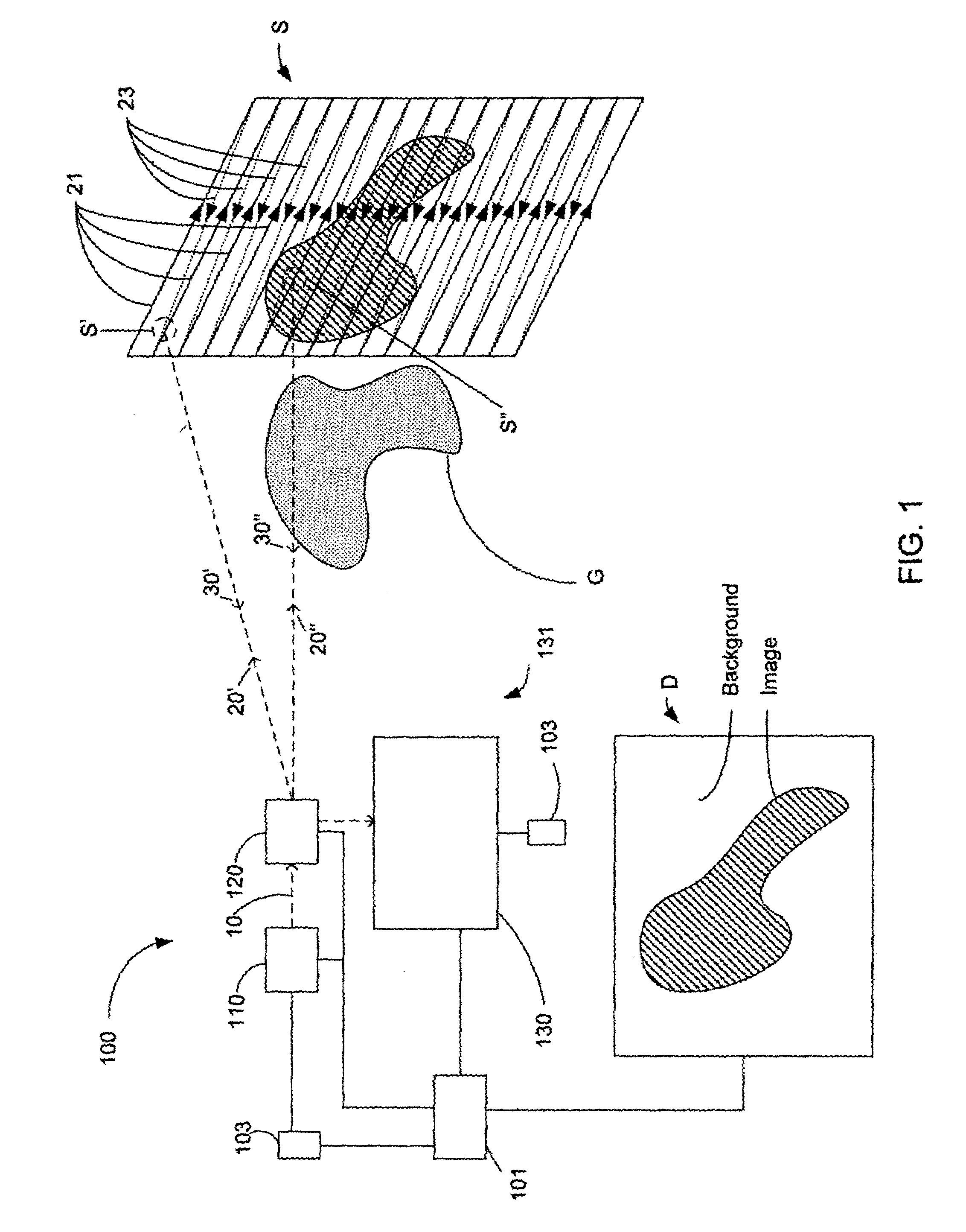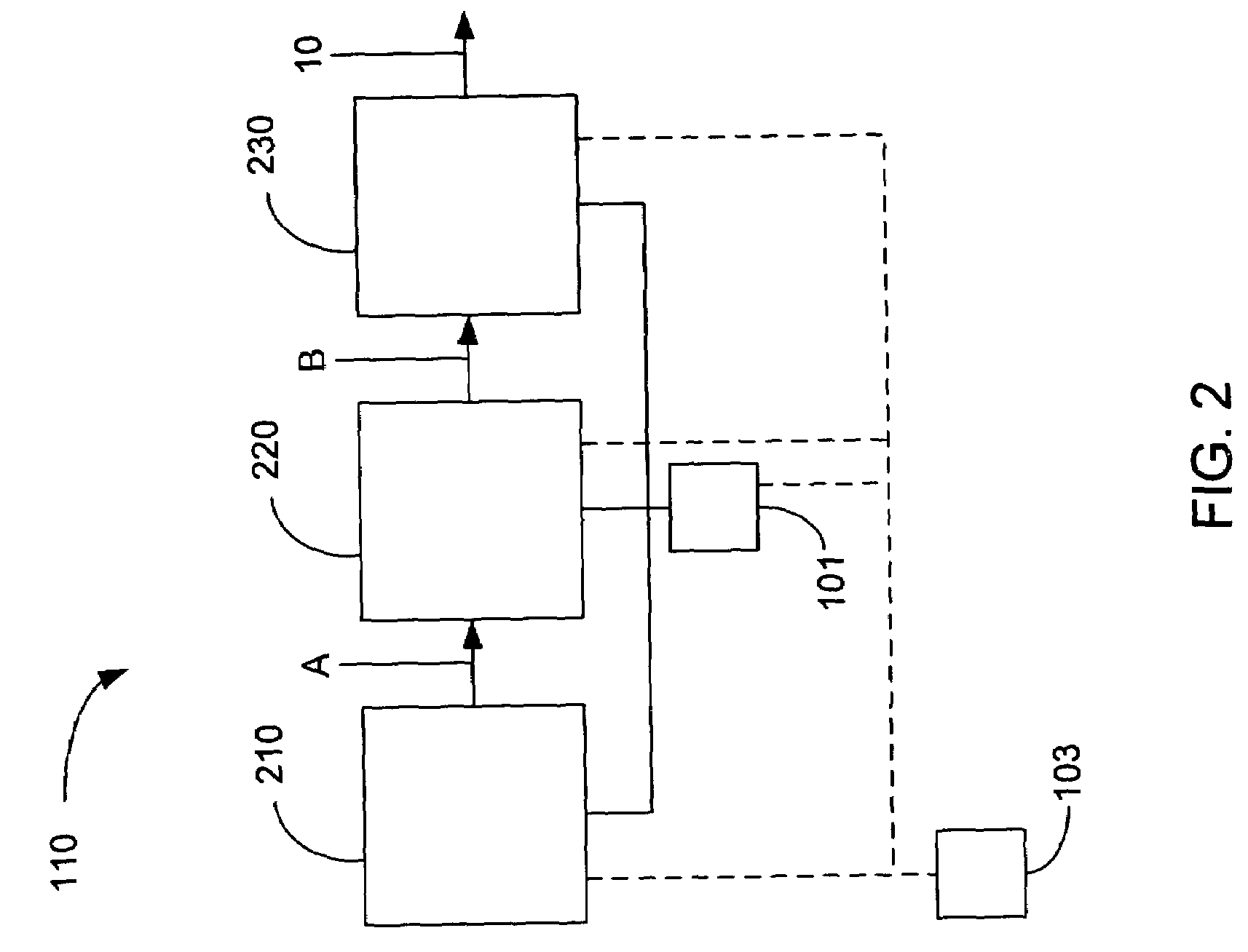Backscatter absorption gas imaging systems and light sources therefore
a gas imaging and backscatter absorption technology, applied in the direction of instruments, color/spectral properties measurement, material analysis, etc., can solve the problems of accidental toxic or combustible gas release, difficulty in visually determining the presence and extent of environmental gas release, and malfunctioning industrial equipment, etc., to achieve the effect of low power operation
- Summary
- Abstract
- Description
- Claims
- Application Information
AI Technical Summary
Benefits of technology
Problems solved by technology
Method used
Image
Examples
Embodiment Construction
[0038]The light source of the present invention overcomes the problems associated with prior art light sources for remote gas detection systems, in particular light sources for BAGI systems. More specifically, the present invention provides a light source that can be used for portable gas imaging systems, and can be used, for example, in a battery-operated BAGI system. In addition, the light source of the present invention is more stable and tunable than CW prior art BAGI light sources operating near 3 μm, producing stable light of higher power at a lower electrical power input than is available in the prior art.
[0039]As one example of the light source of the present invention, the light source will now be discussed as being incorporated into a BAGI system. The following discussion is for illustrative purposes and is not meant to limit the scope of the invention. Specifically, FIG. 1 is a schematic of a BAGI system 100 directed towards a gas G and a surface S. As discussed above, th...
PUM
| Property | Measurement | Unit |
|---|---|---|
| wavelength | aaaaa | aaaaa |
| wavelengths | aaaaa | aaaaa |
| wavelengths | aaaaa | aaaaa |
Abstract
Description
Claims
Application Information
 Login to View More
Login to View More - R&D
- Intellectual Property
- Life Sciences
- Materials
- Tech Scout
- Unparalleled Data Quality
- Higher Quality Content
- 60% Fewer Hallucinations
Browse by: Latest US Patents, China's latest patents, Technical Efficacy Thesaurus, Application Domain, Technology Topic, Popular Technical Reports.
© 2025 PatSnap. All rights reserved.Legal|Privacy policy|Modern Slavery Act Transparency Statement|Sitemap|About US| Contact US: help@patsnap.com



